Dear Colleagues,
This week we are profiling and interviewing LAFC, one of the most well known MLS teams in the US. The club won their first MLS Cup in 2022, which completed a league double with their second Supporters’ Shield.
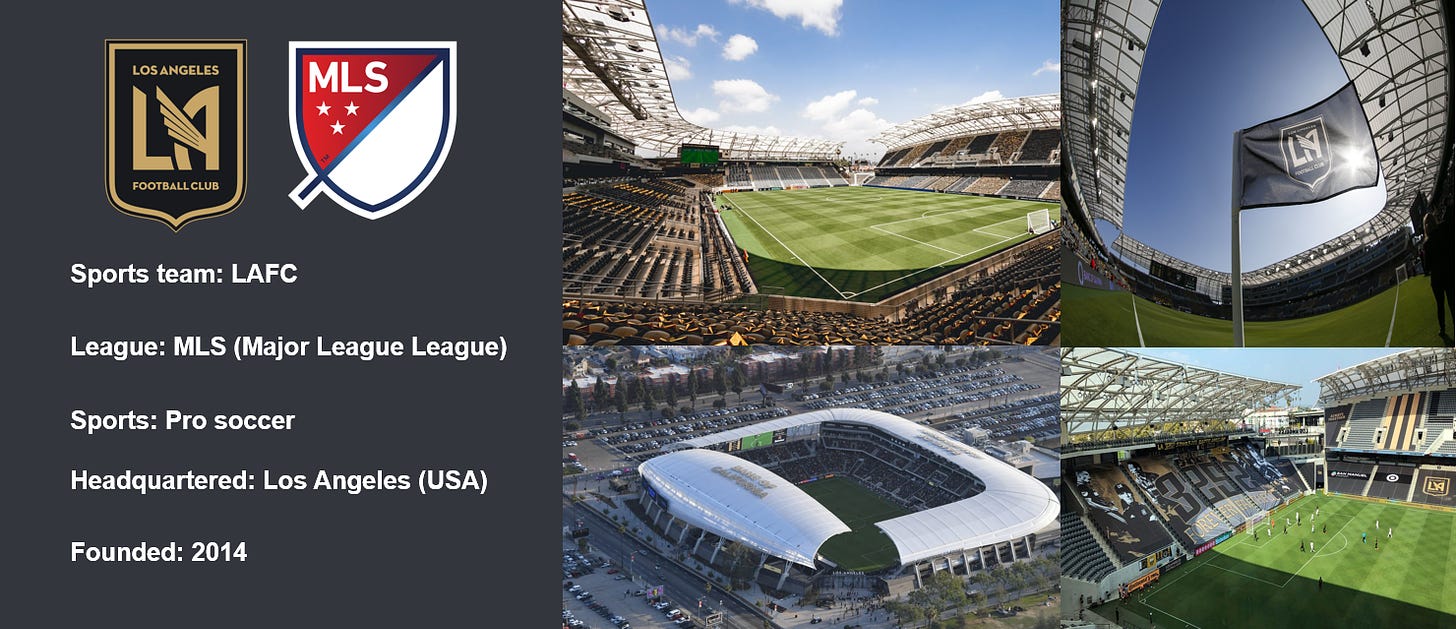
Sports team: LAFC
League: Major League Soccer (MLS)
Headquartered: Los Angeles (USA)
Founded: 2014
Website: LAFC
Sports team background: Los Angeles Football Club, commonly referred to as LAFC, is an American professional soccer team based in Los Angeles. The club competes in Major League Soccer (MLS) as a member club of the league’s Western Conference. The club was established on October 30, 2014, and began play during the 2018 season as an expansion team. The club plays their home matches at BMO Stadium, a soccer-specific stadium located in Exposition Park.
The managing owners of the club are Brandon Beck, Larry Berg, and Bennett Rosenthal. Los Angeles FC also has a variety of other part-owners, such as Will Ferrell. The club’s inaugural head coach was Bob Bradley, who served from 2017 to 2021. During their second season in 2019, Los Angeles FC won the Supporters’ Shield with club captain Carlos Vela earning the MVP Award. In 2020, Los Angeles FC were the runners-up in the CONCACAF Champions League. The club won their first MLS Cup in 2022, which completed a league double with their second Supporters’ Shield.
Since they started playing, Los Angeles FC have had a fierce rivalry with the LA Galaxy, the older of the two Los Angeles-based MLS teams. The rivalry between the two clubs has been dubbed El Tráfico by the supporters of both clubs.
LAFC’s favorite technologies used:
- AI-based injury reduction tool: Zone7
- GPS Vendor: Catapult.
- HR Monitoring vendor: Firstbeat
- Sleep monitoring: OURA
Of note, LAFC does not currently use any Athlete Management Systems. In fact, LAFC decided that a full time data analyst in the Performance Department would be a better solution.

As part of that, we interviewed Gavin Benjafield, the Head of Performance, & Jason Han, the Head of Rehabilitation / Team Physical Therapist, at LAFC (MLS).
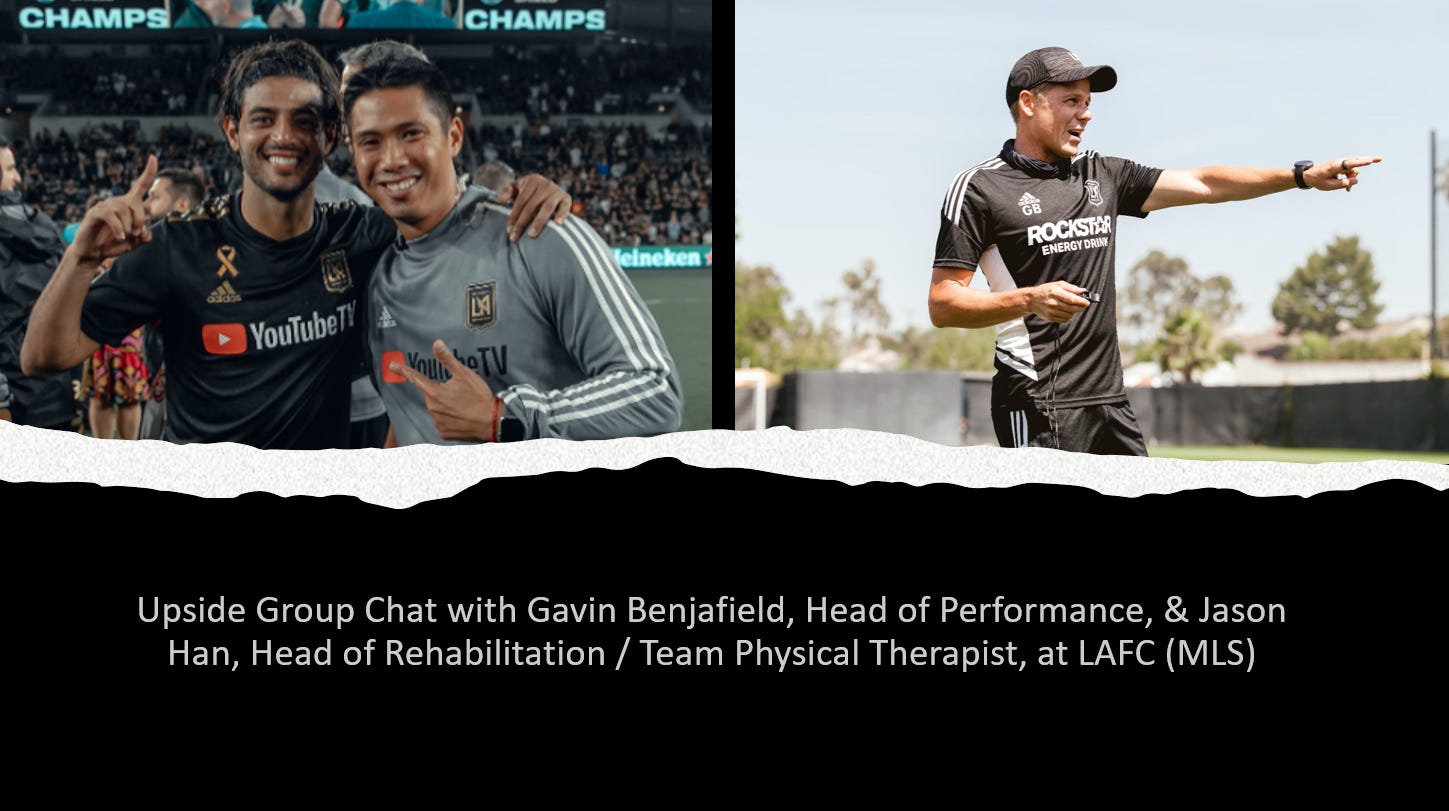
?Show Notes: Through this interview, we touched on their background and their roles at LAFC. We also touched on the importance of technologies, their favorite technologies and approach towards innovation, and the types of coaches and players they enjoy working with.
?Best Quotes: Here’s some of the key discussion points and best quotes from our conversation with Gavin and Jason:
-
On their backgrounds:
- Gavin Benjafield:
- “My background is in exercise physiology and rehabilitation. I studied in South Africa, in Cape Town, in and amongst the Winelands.So that was a great place to study and in between classes, I got a taste of some wine (…) I then actually didn’t get into football right away. That was not my first pro professional career”.
- “I went into cricket, so I went into Bangladesh. I was there for three years with their national cricket team. Obviously as a South African, I loved the sport, I loved the atmosphere. I think we had a hundred thousand people in the stadium for our first test match Bangladesh versus India with a hundred thousand people”.
- “It was a wild three years and I came back to South Africa. I thought I would stay in cricket, but very quickly, a soccer or football opportunity became available and that’s where my journey started with soccer and through the Ajax system to Ajax Amsterdam, and then very briefly in the Premier League with Watford fc. And then since 2018, I’ve been here at LAFC, so that was our inaugural year. So I’m still one of the originals from day one”.
- Jason Han:
- “I’m a board certified sports physical therapist, strength and conditioning coach. Regarding my past experiences as far as being a physio, I spent some time in the NFL with the Pittsburgh Steelers. I also worked with the Cirque du Soleil in performing arts, so I have had a wide variety of experiences”.
- “I have an interest in athletics because I was an athlete myself. When I started off there, I was with the US national team for Taekwondo for seven years (…) From there on I went on to study physical therapy (…) Taekwondo basically took up my entire childhood, so I transitioned to that”.
- “So I had the opportunity in 2018 to join this club LAFC (…) It’s been a great experience so far and basically integrating all the past experiences to this and to learn from someone like Gavin, who’s been around the block too, it’s been a great experience”.
- Gavin Benjafield:
- On their respective roles and day to day at LAFC:
- Gavin Benjafield:
- “I think that all football clubs around the world somewhere start with a morning medical meeting or a medical and performance meeting. We’re at the club pretty early around 6.30 am, 6.45 am. We make a good cup of coffee, and then guys start coming in”.
- “We have our first meeting by 7.30 am, and that’s our medical and performance meeting. We really value connecting every day, spending time discussing players, discussing the plan of the day so that when the players arrive, we’re ready. The second cup of coffee is hit already”.
- “We’re bouncing, and we’re bringing the energy as well. So yeah, for me, as a director of performance, I play a role on the floor, so on the work floor as well. So I’m the second strength and conditioning coach for us. But it’s what you would expect. It’s strategizing, planning the day, planning the loads, staying in communication with the coaches, and reviewing the session”.
- “But it’s all that, the detail in the planning and making sure that we connect and communicate to create the best environment for the players to perform, create the best environment that we can to reduce injuries. So yeah, the day starts early. Generally it ends early in the sense of players leave quite soon after lunch”.
- Jason Han:
- “I’ll second on what Gavin had talked about earlier on the importance of the morning meeting and I think good clubs, good teams, that communication is key. And then we always talk about having a temperature of the players. And lucky enough, the medical staff, and I don’t know if it’s lucky, but in the training room there’s a lot of players and that’s where a lot of events happen. That’s when we have a gauge of where they are emotionally”.
- “So that’s why the morning meeting or even the wrap up meetings after training are key because we’re constantly having that temperature of the players and then planning what the day looks like and if something doesn’t look right, let’s say, the data comes in as far as the Oura ring, and then some players are not sleeping as well as as they should”.
- “Then we communicate with each other, Hey, why don’t you check in with them and see what’s going on? So it’s that communication throughout the day when we’re home via texts. It’s key to having a successful team and players”.
- Gavin Benjafield:
- On how they adjust training days based on data on players that they get from various technologies (e.g. Oura ring) and various conversations:
- Gavin Benjafield:
- “I think that the wellness questionnaire sometimes becomes too repetitive for players whereas the Oura ring is something that they wear. Right? They don’t have anything else except sync the data on their phone. So I’ll give you a practical example. Today was our match day minus four. It was the first day back after an off day. Tomorrow’s our big conditional loading day. So we’re using more data”.
- “How ready are the players for a conditional day, as well as our jump data because we jump on match day minus four. What’s their jump data telling us? What’s their Oura ring data telling us?”.
- “With our technologies, what’s happening in the training room when we have the circle up meetings at the end of the day? The guys may say, wow, the guys really look gassed today. And then we’ve going to make the evaluation, make the decision, are we ready for a higher conditional loading day, or do we need to go to the coaching staff and say, maybe we need to trim one set out of the plan because the bulk of the players are not in a good space”.
- “And we can always do some stuff individually with some of the other guys. It’s the combination of technology as well as experience, as well as conversation, as well as just a keen eye to make the judgment at the end of the day”.
- Gavin Benjafield:
- On the importance of technologies for LAFC:
- Gavin Benjafield:
- “I think that we’re an organization that’s innovative. And we enjoy the exploration of technology and bringing new technologies on board”.
- “But just because you got all the toys in the kitchen doesn’t mean that you’re actually a decent chef. You could get rid of all the toys in the kitchen. But for us at LAFC, we value technology. We don’t jump into every technology that is brought across our plate. We do have a filtering system of how we do that”.
- “We think that technology can add clarity and a purpose into what we’re doing. But even in what we discussed before, it’s a balance between technology and our own experience, our own gut feel, and our own communication with the players”.
- Jason Han:
- “I think that number one thing is that we value each other, and the cohesiveness of that, and essentially the technology that we at least trial has to fit within the way that we do things”.
- “And I look at technology as a tool to answer some questions that we may have to help clarify certain things for us. So, absolutely, I think it’s very important, but there are people reaching out to us every other day about a new technology. So again number one, we look at it to see if it fits what we need to accomplish”.
- “And then we talk amongst ourselves to figure out if it’s something we want to try. But when it does hit, I think it’s an amazing addition to what we do”.
- Gavin Benjafield:
- On the fact that sometimes pro teams use too many technologies:
- Gavin Benjafield:
- “I think sometimes with technologies, the same thing happens is there are just too many technologies out there, and I don’t think teams are always ready to adopt a new technology”.
- “It may still have the capacity, but it may not be the right timing. Your population group, your athletes that you’re working with may not benefit from the technology. It’s not that the technology’s not good, but it may not be the best time for that technology to be brought to the organization because then you just become a showroom of all the cool gadgets and the cool technologies”.
- Gavin Benjafield:
- On their favorite technologies like Catapult, Firsbeat, and Oura ring:
- Gavin Benjafield:
- “I think that Catapult is a favorite of mine. I used them in Europe and we are using them currently. They’re a great service provider. At the end of the day, I think the GPS technologies are getting so close to each other that there’s not a lot of distinguishing factors, hardware wise. Catapult has been great to us and we’re going to continue working with them”.
- “Firstbeat, our heart rate provider, is another one of my favorite technologies. Although it costs us way more money to use them than other providers really, just because the software platform alone, it’s not the hardware, but to get the software platform and the team dashboard and such, it costs a lot of money”.
- “So we made a decision to spend more than what we could have if we used another technology, but we just got the richest of the data, the ease of use, and again, the service from Firstbeat”.
- “Oura is another one of my favorite technologies. I was an early adopter. I was knocking on their door when they were still a kind of generation one and I was like, Hey, you guys have something special here. I think it’s easy for athletes to use”.
- “I think the richness of the data provided by the Oura ring is fantastic. And we use that a lot to see how well our players are responding to the training loads, to the travel stress, to home stress, or to physical mental stress. And it’s a great conversation starter. It’s non-invasive and the players really respond well to it. I’ll probably put those as my favorite three technologies”.
- Jason Han:
- “I think the top two for me would be the hyperbaric oxygen therapy, that’s one. And number two would be our Class 4 laser. We use a light force laser. And I say those two because as a staff, I feel we’re really good with our hands. I think we’re really good with our exercise prescription or whatnot, but we always wanted to find something that could help our players heal faster from a cellular level at least”.
- “And then having some experience using hyperbaric oxygen therapy, I felt it was a great way either pre or post-surgery to general recovery, to even having some older players when we have a congested schedule and how do we turn these guys around as fast as we do?”.
- Gavin Benjafield:
- On the criteria and process they use to adopt new technologies:
- Gavin Benjafield:
- “I think for us, and I think that Jason would confirm this, especially with the HBOT (Hyperbaric Oxygen Therapy) part, that before I put a single Oura ring on a player’s finger, I used it for six months”.
- “And I looked into the data, and I was. Yeah. You know what? This night I went out and enjoyed three glass of wine, man. My HRV just tanked on that day, so I almost had to convince myself that what the data was telling me, I could stand behind because as soon as you can’t believe the data and what this data is telling a player, how are you going to try and change behavior or adjust any kind of thing in your loading programming if you don’t stand behind the data?”.
- “For me, the biggest principle was: I need to be convinced. I’m going to test it out on myself. Jason’s probably going to say the same with the HBOT (Hyperbaric Oxygen Therapy)”.
- Jason Han:
- “I’ve had experience with HBOT (Hyperbaric Oxygen Therapy) for the last year and a half, and it was like Gavin said, it has to work for me and the people that I’ve put it in ultimately. And then when we presented the technology at the club, at least last year, instead of diving all the way in and purchasing it, it was like, okay, can we rent one? Can we try it out for our two to three months playoffs? I was like, okay, if there’s a time to do it. This is the time”.
- “And then we had to justify the reasons to do so. So we had a great end to the season last year, so it gave us a little bit more reason when it came to this year where we’re like, Hey, even more congested schedule and maybe this is something that we can invest in”.
- “Like Gavin said, we look at the research, but at the end of the day, it has to work for us and it has to work for the particular players that we have and the workflow. So when they all marry together. It’s great”.
- Gavin Benjafield:
- On their types of favorite players and coaches they enjoy working with:
- Gavin Benjafield:
- “I love coaches that are open to technologies. I love coaches that are open to have a conversation, that are inquisitive themselves, and that are like, Hey, tell me about this and what is this saying? And how can we use this? I love coaches that are progressive in that sense. I really enjoy working with them”.
- “And I don’t want robots for players. If I told them to do something, I don’t want them just to do it. I want them to challenge me to convince them why this is actually going to make me perform better, or why this is going to reduce my risk of injury”.
- Jason Han:
- “I feel that if you’re objective, then you can have a conversation about the facts. And it’s okay to be emotional, but not let those emotions run all of your decisions. I obviously know that there’s a balance, and that’s as far as like technical staff, and the same with athletes. It’s can we have an open conversation of where you’re at at this point?”.
- “Oh, I want to play. Mm-hmm, but (the player) you have not hit these parts. So until you hit these parts, then we can move forward. Obviously each player has their own individual situation, whether it’s contract, whether they have a relationship with this coach and they want to be able to play this game, but you have to be absolutely upfront with them and be objective, but at the same time have an understanding that there is an emotional component behind it. And then being able to relate to them on that level”.
- Gavin Benjafield:

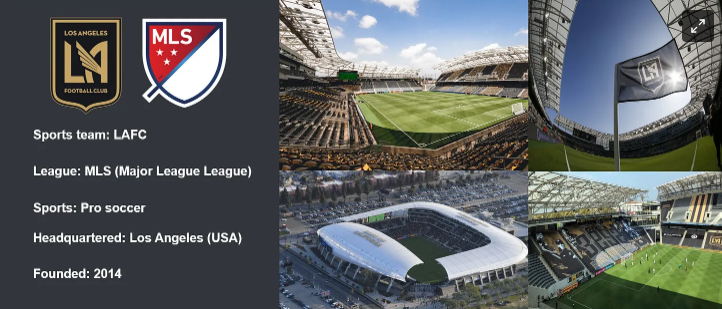
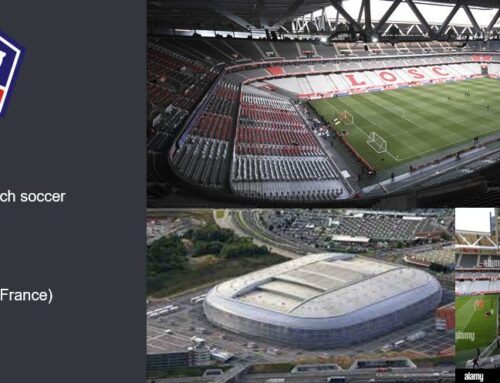
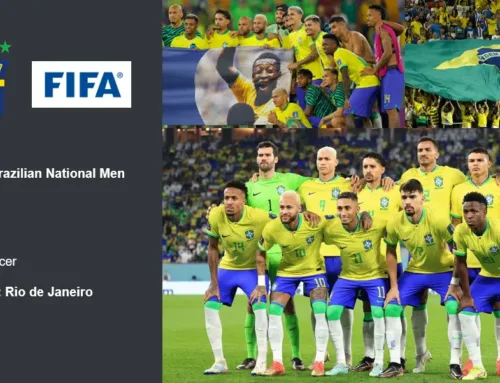

Leave A Comment
You must be logged in to post a comment.